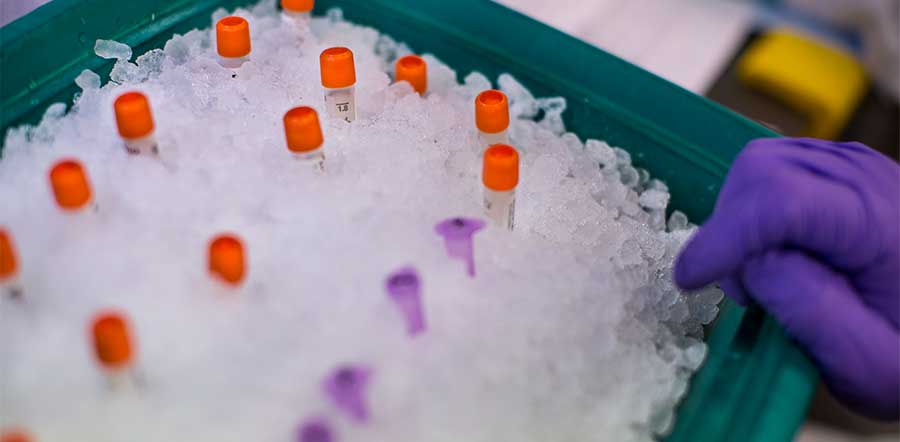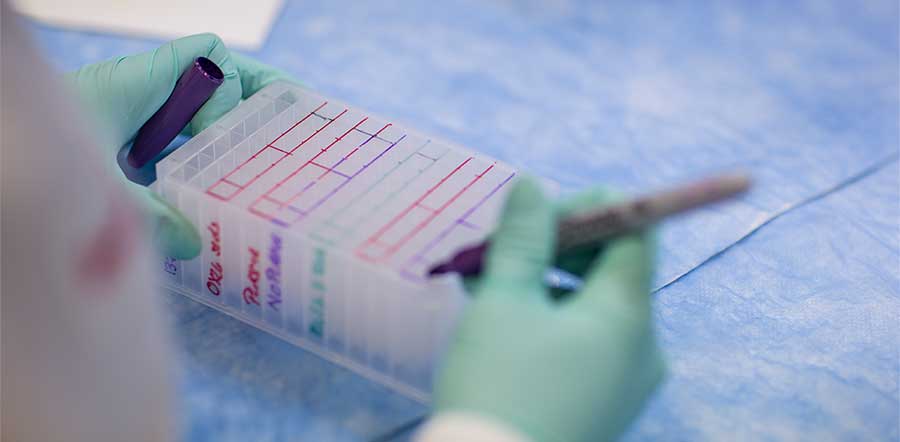Patient Safety
Safety Matters at Lilly
Beginning with the discovery of a potential new medicine, and for as long as it is available to patients, our goal is to ensure that the benefits and risks of a medication are continuously monitored and well-understood by regulators, health care providers and patients.
Lilly's Global Patient Safety organization, consisting of more than 300 physicians, pharmacists, nurses and other health care professionals are dedicated to the collection, monitoring, evaluation and reporting of safety information through the science of pharmacovigilance.
Lilly takes a comprehensive and rigorous approach to pharmacovigilance designed to maintain and evaluate the product's benefit-risk profile. When important safety issues arise, Lilly communicates them to doctors, patients and regulatory agencies.
Medications are just one of many important tools that doctors use in treating short-term and long-term health problems. Taking medications exactly as your doctor prescribes is the first and most important step on the road to better health.
Lilly wants to help you be successful when it comes to taking your medications and share our approach to fulfill our commitment to patient safety.





